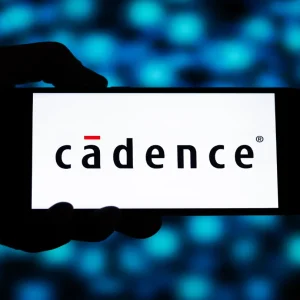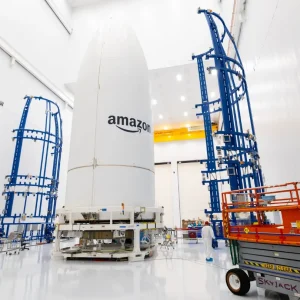
A group of 40 UK-based companies, including IBM, ARM and BT, have developed an Internet of Things (IoT) standard called Hypercat. The group claims it will encourage an open standards based IoT that will enable sensors and devices to share information more easily.
CBR tells you five things you need to know about it.
1. The problem with IoT
The challenge with the IoT is interoperability – that is allowing devices to understand each other’s data regardless of location, manufacturer or format, according to the cross-industry consortium behind HyperCat.
Pilgrim Beart, CEO of IoT startup 1248, a contributor to the HyperCat standard, said: "The problem is that everyone is doing this for themselves with their own technology, reinventing the wheel, spending far too much time doing that, which is inefficient, and it also means that when they finish, nothing talks to anything else.
"If a client machine comes across a service and wants to access some resources in it, there is no standard way of going, no standard thing it can do to discover how to use that API."
2. What is Hypercat?
Hypercat is a thin interoperability layer that aims to solve this problem by allowing devices, such as lamp posts and smart meters, to interact with each other.
Like an address book, it lets applications ask data hubs what types of data it holds and what permission it needs to ask them, making sense of it without human involvement.
Hypercat can browse machines, searches by metadata and uses standards such as HTTPS, Restful APIs and JSON as a data format.
"Imagine a very simple app that just knows how to plot temperatures into degrees centigrade against time. It can then go and ask a service ‘do you have any temperatures in degree centigrade?’ and, if so, it can find them," said Beart.
"What Hypercat does is it unlocks the ability to Google IoT data effectively."
Hypercat, which officially passed the first phase of development last week, was developed by 40 UK-based tech firms, including IBM, Intel and ARM, startups and universities that banded together 12 months ago thanks to a £6.4m grant from the UK government’s Technology Strategy Board (TSB).
3. What are the benefits?
Justin Anderson, CEO and founder of IoT firm Flexeye, claims that Hypercat can be used by any player in the IoT ecosystem, from application developers, data holders and end users.
"It’s very simple…You don’t need a PHD to be able to take Hypercat and use it inside your IoT operator," he said.
He adds that it will also encourage collaboration and innovation with new jobs opportunities unfolding for the UK economy.
Andy Stanford-Clark, master inventor at IBM, said his ‘Eye Hun’ group was able to use data from streetlights belonging to another project cluster in Cambridge.
"The smart streetlight data from the Cambridge project was being updated in real-time, so it made a more compelling demonstration initially, as I fed the live data to the LED cube. But then I thought about a replay of data, a ‘day in the life of the streetlights’, and wrote the application to replay 24 hours of data in 90 seconds," he explained.
"This was then directly applicable to the data we were getting from the Westminster street lights which we were receiving once a day, and thanks to HyperCat I was able to point my application at the Westminster data Hub and it was able to locate and extract their streetlight data."
4. But does Hypercat solve every possible IoT interoperability problem?
On top of Hypercat, there’s another layer of interoperability problems that need solving, according to 1248’s Beart.
"For example, when you’ve found your degree centigrade, what data format is that held in? Unless the application understands that, it won’t be able to read it," he said.
5. What about privacy and security?
Beart claims that Hypercat has a "strong" security model, which is easy to use, while privacy is a "much more complex problem" because it is about humans deciding who sees what under certain circumstances.
Flexeye chairman Lord Erroll said policies should be developed around the release of data, which are controlled by the originator of that data.
"If I’m in university and I’ve spent two years collecting data to analyse, and actually it’s opened up to everybody else, all that my rivals have to do is sit back and make me do all the expensive work and then they’ve got the data for free and go do their own analysis," he explained.
"So some of the stuff that’s been coming in, or from what is effectively machine IoT, does need to be kept completely private for certain reasons for certain periods."






